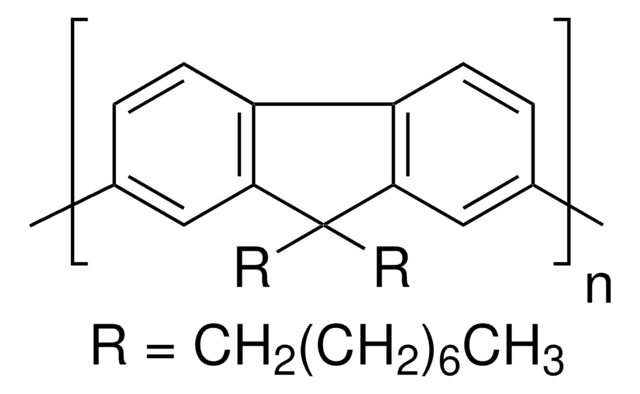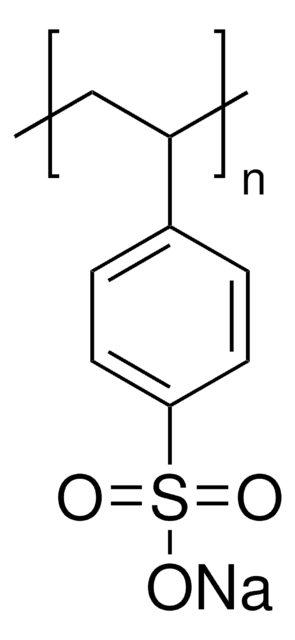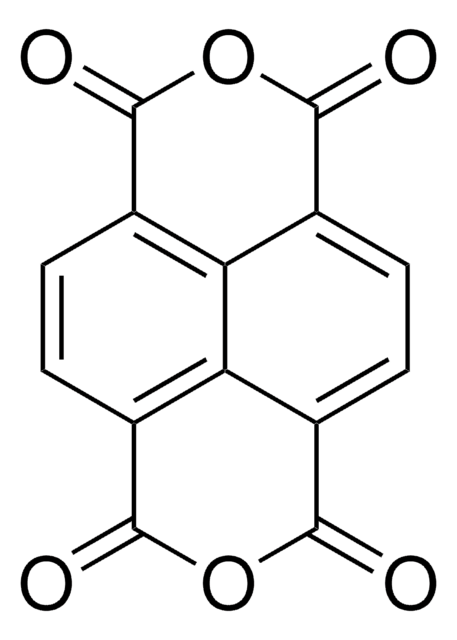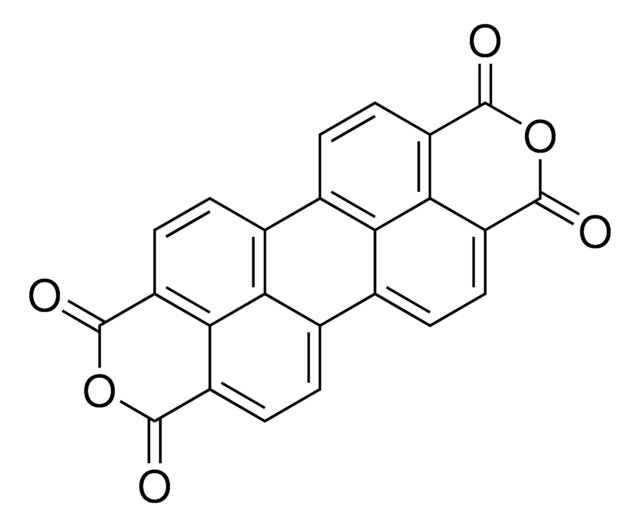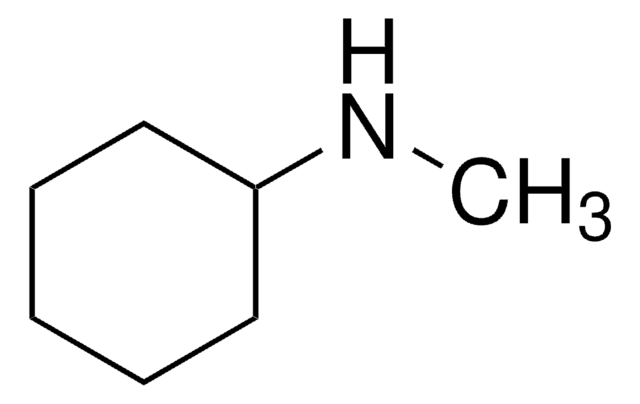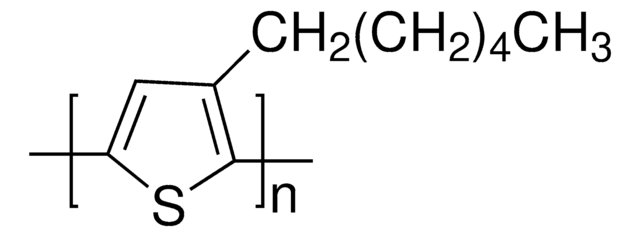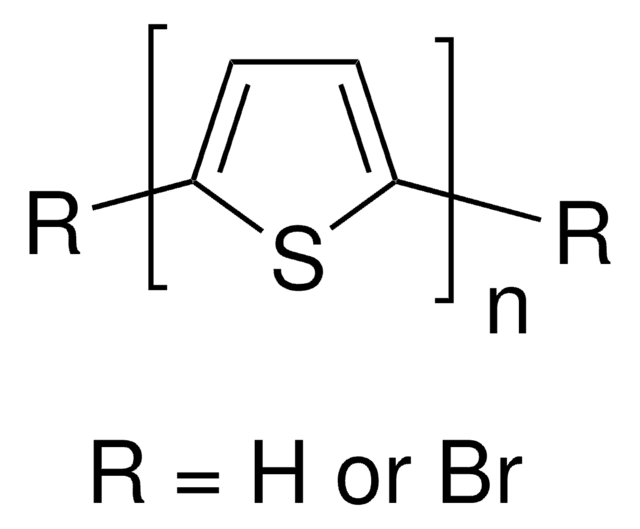445711
Poly(3-octylthiophene-2,5-diyl)
regioregular
Sinônimo(s):
P3OT
About This Item
Produtos recomendados
Nível de qualidade
peso molecular
average Mn ~34,000
cor
black
condutividade
1 × 10-6 S/cm
~1 × 103 S/cm (when doped with iodine)
pf
190 °C
198-211 °C
fluorescência
λex 442 nm; λem 562 nm in chloroform
Desempenho do dispositivo OPV
ITO/PEDOT:PSS/P3OT:PC61BM (1:2)/LiF/Al
propriedades semicondutoras
P-type (mobility=1E-4-1E-1)
Procurando produtos similares? Visita Guia de comparação de produtos
Descrição geral
Aplicação
Rechargeable battery electrodes, electrochromic devices, chemical and optical sensors, light-emitting diodes, microelectrical amplifiers, field-effect transistors and non-linear optical materials.
Características e benefícios
Embalagem
Informações legais
Rieke is a registered trademark of Rieke Metals, Inc.
Código de classe de armazenamento
11 - Combustible Solids
Classe de risco de água (WGK)
WGK 3
Ponto de fulgor (°F)
Not applicable
Ponto de fulgor (°C)
Not applicable
Equipamento de proteção individual
Eyeshields, Gloves, type N95 (US)
Escolha uma das versões mais recentes:
Já possui este produto?
Encontre a documentação dos produtos que você adquiriu recentemente na biblioteca de documentos.
Os clientes também visualizaram
Artigos
Polymer-based Materials for Printed Electronics: Enabling High Efficiency Solar Power and Lighting
The application of conducting polymers at the interface with biology is an exciting new trend in organic electronics research.
Polymer Semiconductors for Intrinsically Stretchable Organic Transistors
Nossa equipe de cientistas tem experiência em todas as áreas de pesquisa, incluindo Life Sciences, ciência de materiais, síntese química, cromatografia, química analítica e muitas outras.
Entre em contato com a assistência técnica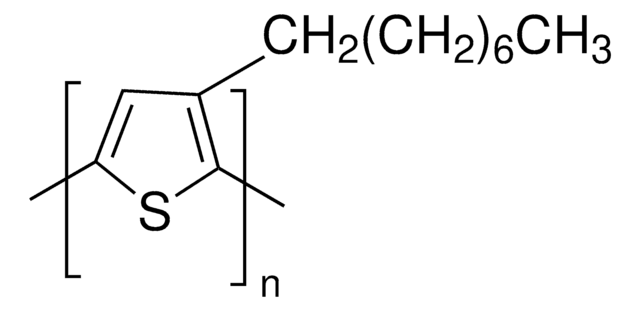
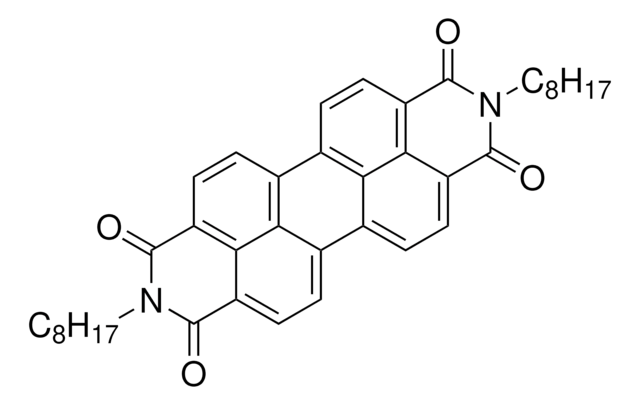

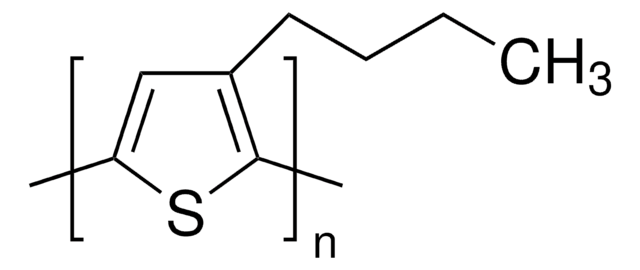
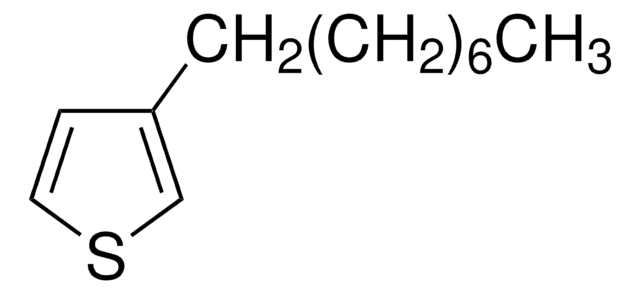
![Poly[2-methoxy-5-(2-ethylhexyloxy)-1,4-phenylenevinylene] average Mn 40,000-70,000](/deepweb/assets/sigmaaldrich/product/structures/344/488/b8f8179d-3970-4deb-a754-adda88cdb36f/640/b8f8179d-3970-4deb-a754-adda88cdb36f.png)
